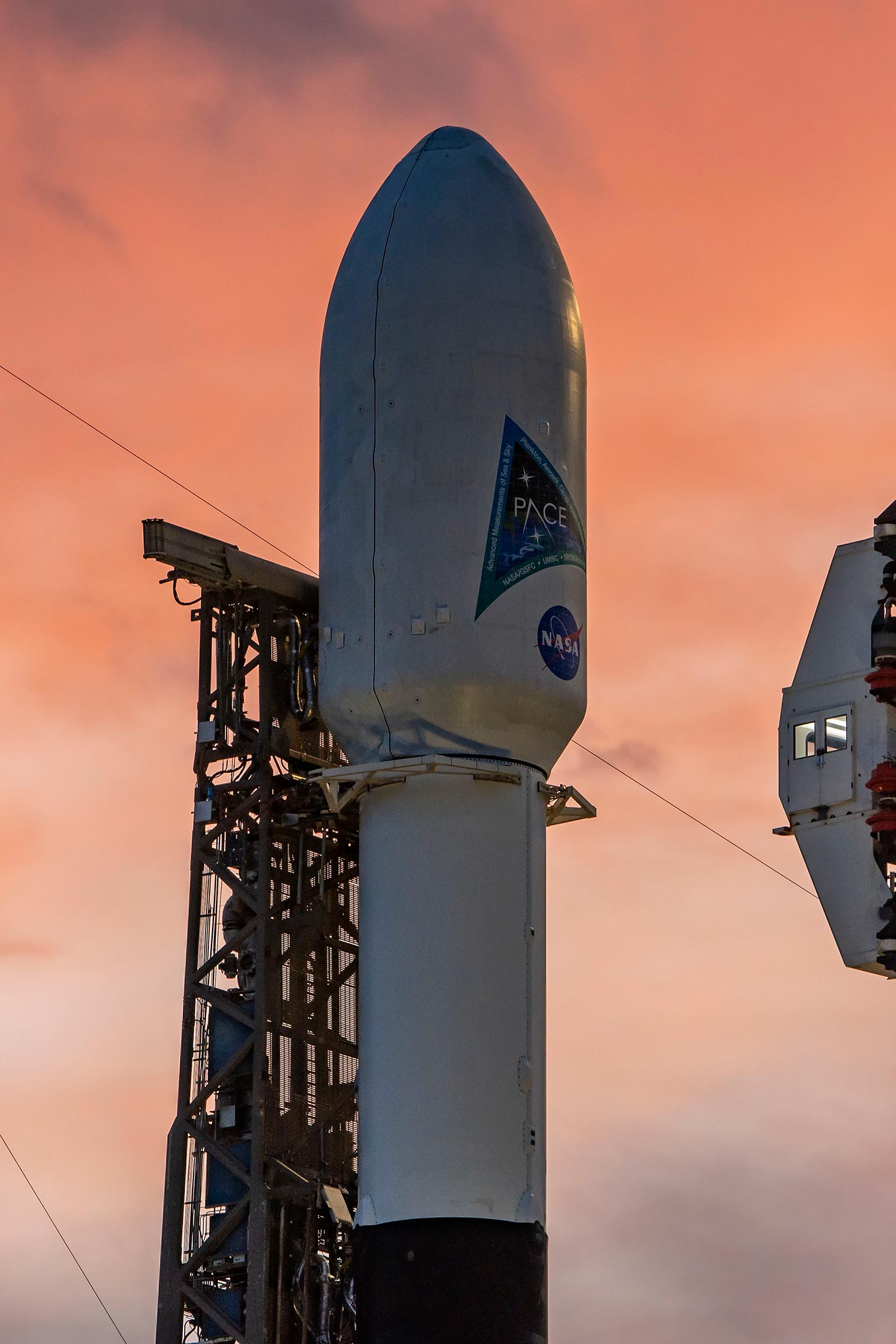
TAMPA, Fla. — Advanced Cooling Technologies (ACT) has won NASA funding for thermal control solutions that enable vehicles and other equipment to survive harsh lunar environments without an active power source.
The Lancaster, Pennsylvania-based thermal solutions provider said it will use the $5 million NASA Sequential Phase II SBIR Program Award to develop a “toolbox” of heat transport, radiators and other systems for moon-bound landers, rovers and habitats.
The solutions aim to specifically address the needs of small, low-power vehicles that face significant thermal challenges because of the slow rotation of the lunar surface relative to the sun.
“You have 14 days of daytime where it gets quite hot, over a hundred degrees [Celsius], and then 14 days of night where it gets very cold, down below minus 150 centigrade or so,” ACT chief engineer Bill Anderson said.
“So you need to have something that can survive multiples of these cycles.”
According to Anderson, just one watt of electricity to run a thermal control system, “or anything else during the whole 14-day-long night,” has been estimated to need more than five kilograms of batteries and extra solar cells.
He said the funding from NASA enables ACT to develop more cost-effective devices that passively control heat without using electric power, rejecting waste heat during the day through high thermal conductance and minimizing losses at night with high thermal resistance.
ACT is subcontracting Astrobotic, a commercial developer of lunar landers and rovers based in Pittsburgh to help validate the thermal management technology.
Astrobotic plans to use the solutions for its Griffin lunar lander, which aims to deliver NASA’s Volatiles Investigating Polar Exploration Rover (VIPER) mission near the lunar south pole in late 2023, following a launch on a SpaceX Heavy rocket. The mission is part of NASA’s Commercial Lunar Payload Services (CLPS) program.
New commercial opportunities
Developing cheaper and more cost-effective ways to tackle thermal challenges on the moon without an active heat source opens up new commercial opportunities for the space industry, according to Astrobotic technical project manager James Eckard.
“In almost all historical cases, lunar night survival has been achieved by nuclear heating units with a high barrier of entry,” Eckard said — or, in the case of VIPER, complex mission planning to take advantage of areas around the lunar south pole in almost constant sunlight.
The VIPER rover is designed to survive for several days at a time in craters near the lunar south pole that have never see the sun, giving it a good chance of finding ice that astronauts can use in the future.
“Another wrinkle to consider is that thermal systems designed to keep heat in during the night can easily cause the system to overheat during the hot days unless you can switch the system over to reject and radiate heat during the day,” Eckard added.
He said ACT’s NASA-funded work “aims to answer those questions and will provide valuable tools for Astrobotic’s rovers and landers to do something no one else can right now.”
There are currently no commercial options currently capable of surviving the full lunar day and night cycle, Eckard said, only large and expensive non-commercial landers and rovers with bulky batteries and nuclear heat sources.
“By working with ACT on this, we hope to advance that technology and bring a new sector to the market,” he said.
Astrobotic is also providing lunar test chambers to help develop the thermal control systems with ACT.
Peregrine, Astrobotic’s first lunar lander, is slated to launch on the inaugural flight of United Launch Alliance’s Vulcan-Centaur rocket next year.
The lander, which is also part of NASA’s CLPS program, will carry a rover in addition to scientific and commercial payloads.
Note: This article have been indexed to our site. We do not claim legitimacy, ownership or copyright of any of the content above. To see the article at original source Click Here













